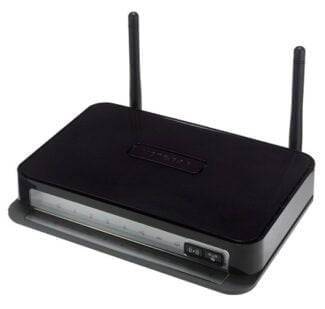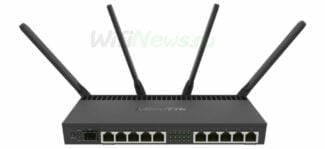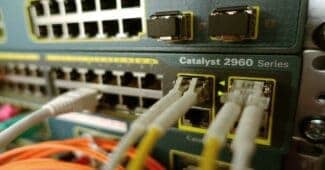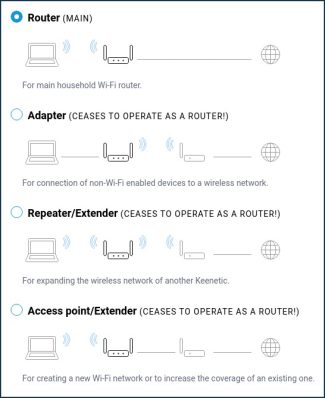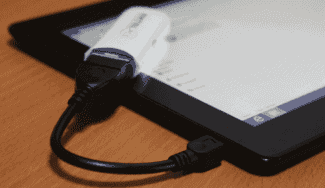If there are a lot of self-written programs for some router, it indicates a problem with the original software.
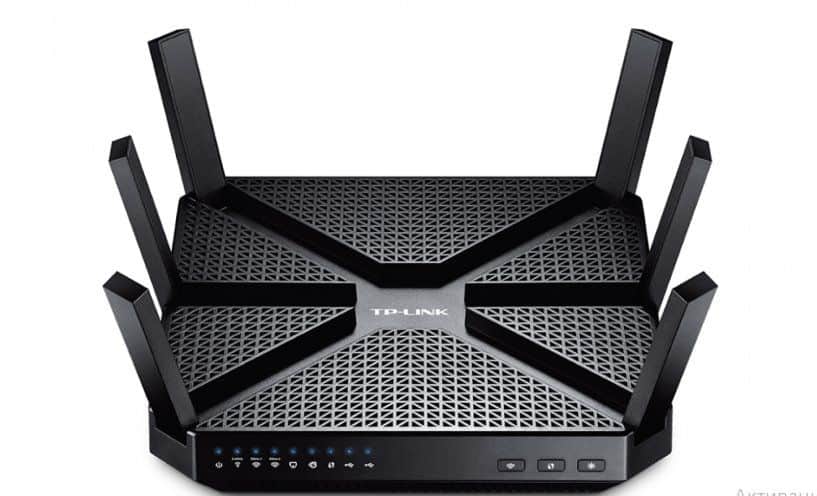
WiFi wireless router: what is this "beast" and what does it eat?
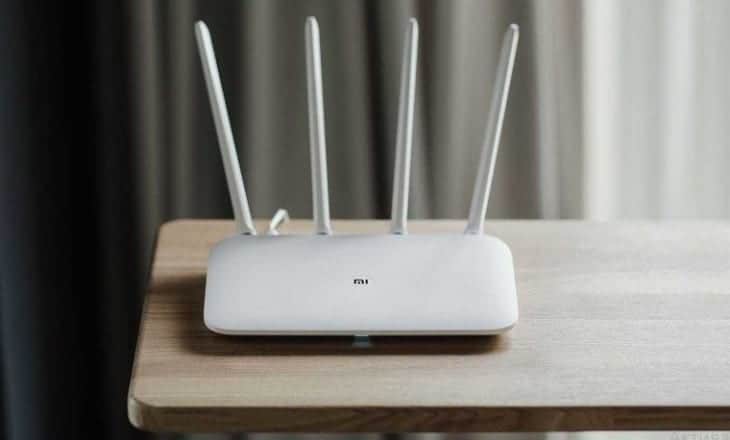
A wireless router is a versatile device that is designed specifically for use when you need the network access distribution function. But this definition alone is not enough, so we'll cover all the topics regarding this area and break down the issues that relate to the wireless router.
What kind of device is it?
What is a WiFi router and where is it located? Surely every user has asked himself such a question and could not immediately answer it. To begin with, let us note that there are several devices of this type:
- Router – is very popular and mostly comes with the Internet service provider.
- Built-in laptop – a module that is available in almost every laptop. Less functional than the router, but also kind of convenient.
- Built into the PC – an outdated technology, which was designed for internal use in a computer, at the moment is irrelevant and unclaimed.
As you can see, the wireless router has many analogues, so you should be very careful. You need to understand exactly what you mean when trying to find out information about your device or the one you want to install.
Operating Principle
The principle of the Wi-Fi router is very simple – it is a sequence of actions:
- The signal is provided by the Internet provider, with whom users sign a service contract;
- The provider is the owner of the cable connected to the device;
- The equipment itself is an intermediary; it receives the source signal and transmits it to the users.
Signal transmission follows a certain principle, which is called a routing table. It includes:
This table contains shortcuts to connected gadgets, with traffic being transmitted only to active users.
We want to remind you that a Wi-Fi router for your computer and a router are one and the same. The equipment has two different names because of the double transliteration from the English language – the functionality of the device remains the same. We talk about this in more detail in our article.
So, we finally figured out what a router is and how to use it, we explained the purpose of the equipment in simple words. And now let's move on to what it looks like, and what connectors in it exist.
Ports and connectors
Here we take a look at what the Wi-Fi router looks like: this photo and the caption underneath will help you understand what the inputs and connectors are for.
- Power On Indicator . When the device is working, it should light up;
- Power . Input for connecting the power supply. Some models are equipped with a built-in unit;
- Reset . Button for resetting to factory settings;
- USB 2, USB 1 . Ports for connecting USB devices, such as a printer, modem or storage device;
- LAN ports . They are needed to connect local network devices – laptop, TV, computer;
- WAN . Socket for connecting a network cable – ADSL line or Ethernet port. With the help of this wire the Internet gets into the room.
Different types of routers
In homes and offices, there are increasingly small routers, which transmit the Internet by wired and wireless method. There are a large number of varieties, which work according to certain principles and are classified according to the way they are connected.
Mobile
Especially valuable are considered portable routers, which are characterized by their compact size. They transfer data via USB cable or over the air. Internet via wire can be distributed from your phone using the services of a mobile operator.
The device requires a SIM card from the operator.

Telephone line
In many homes in large cities and remote corners of the country, there are wired means of communication, which can allow you to connect the router with a telephone line. In this case a pair of modem-ADSL and a regular router is used more often, where the first device connects to the phone line and the second one distributes the Internet.
When using a device that supports ADSL, a cable is connected from the phone to the router, and the router itself transmits the data.
Twisted pair and fiber optics
Most people give preference to this type of cable. The cable is sold at an affordable price, and its installation is an uncomplicated process. The cheaper models have an antenna, which provides a high internet signal and data transmission over the air.
More expensive devices have several fixed antennas, allowing maximum wireless connection speeds.

Operating Principle
A router works on a multistage principle. It serves as an intermediate stage between the Internet and the user.
Each router functions according to a specific scheme, so it's easy to understand how a router with Wi-Fi for home works:
- Once it's connected to power through a port and outlet, the device begins to start up.
- It receives information, which is distributed into packets.
- The packet header contains the address of the recipient.
- A routing table is generated by a special code.
- The router chooses from the table the path it uses to transmit data.
- The user receives the Internet and can go online.
The user connects the device to the network and accesses the Internet, which is forwarded to the IP address. On your phone or computer, you need to find the router login and enter the password specified for the router.
Operation modes and additional functions
All wireless Wi-Fi devices are usually grouped into the following categories, depending on how they are used:
- Client. The device receives wireless signals and transmits them over a wired channel.
- Repeater. This mode of operation is necessary to amplify the signal of the main Wi-Fi device.
- Bridge. This method is used to connect two networks into one large network.
- Router. Most routers work in this mode. They can automatically connect ports, network printers, file storage, and do authentication, so users don't have to try to access the Internet every time. Finally, in this mode, the router can be used as a regular switch.
- Access Point. Unlike router mode, this method is easy to use. The device receives a wired signal and converts it to Wi-Fi.
Modern router models can not only organize computer networks, but also perform many other useful functions. For example, many allow for parental control, setting the rules of access to the Internet from individual gadgets.
More expensive models allow you to connect a variety of devices to the USB port:
- 3G USB modem. As a rule, for additional Internet channels, which are automatically activated when the connection is disconnected.
- External USB hard drives. All the information they contain can be used by all the computers on the network. This is very convenient because it saves space on your PC's hard drive. These drives are used to store music, clips, and documents.
- USB network printers that can be accessed by all computers on the network.
If the router has a strong power supply, you can connect multiple USB devices via a USB splitter.
Protecting your network
Many people may not take the security of their Wi-Fi networks or home routers seriously. Most people leave their Wi-Fi networks completely open.
Ideally, wifi should be password protected. And factory access to router settings is changed.
Many people don't realize how dangerous and harmful it is to add other users to a Wi-Fi network. Even assuming that these people have no bad intentions. They are not interested in personal files and they are not going to harm the owner of the router. Simply connect to someone else's Wi-Fi and start using the Internet.

It is important to note that these external devices put pressure on the router. This puts a strain on the network and the router. But that's still half the problem. Setting up the local network will open up some files on the computer and make them available to anyone connected to the router. At the very least, this can be a nuisance.
Attackers can access the network when it is not properly secured. For example, they can perform illegal operations over the connection.
Of course, any network can be hacked. That's why it's recommended that you set passwords for your Wi-Fi and router.
In general, we can say that average people do not need to understand and understand how a wi-fi router works. Just like there is no need to learn how a refrigerator or a microwave oven works. You don't need any special knowledge to use a router.
Read More:
